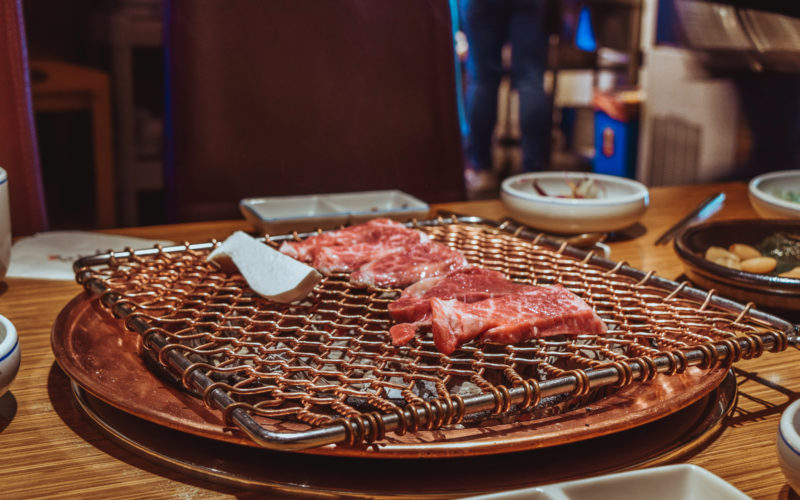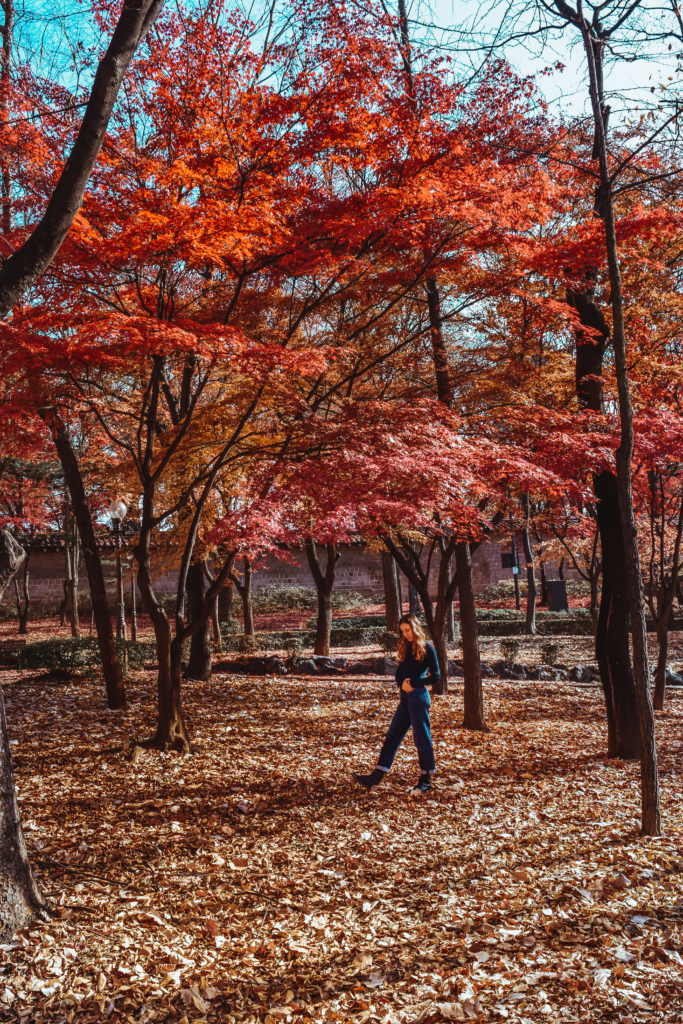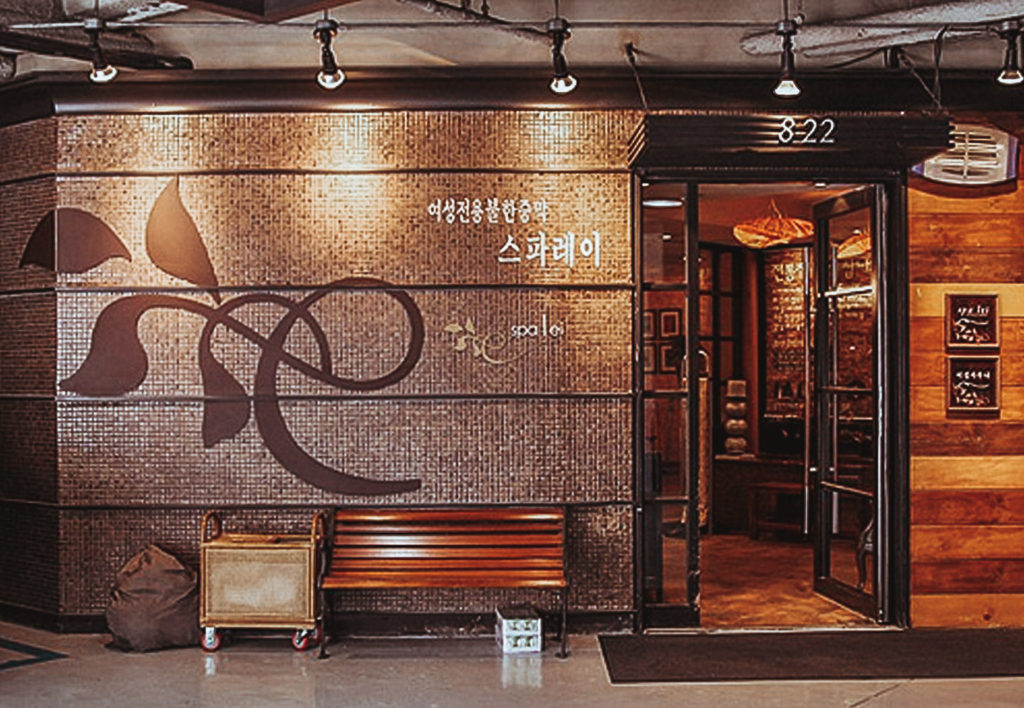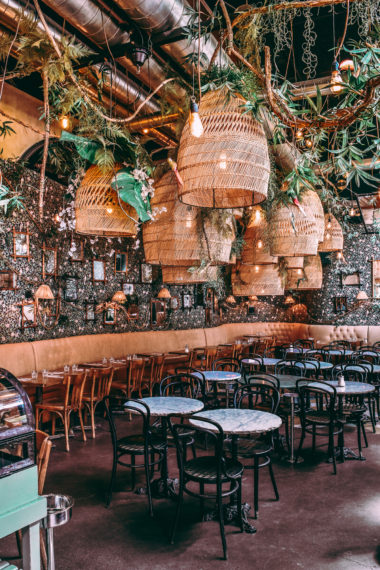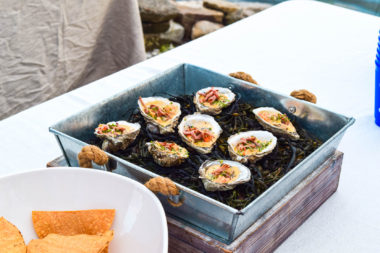A few years ago, I embarked on a culinary journey to Seoul. While there, I had the privilege of indulging in the exquisite flavors of Korean barbecue at Wangbijib in Jongno, Seoul. My experience at this premium establishment not only tantalized my taste buds, but also provided me with invaluable insights into the art of enjoying Korean barbecue. Now, armed with expertise gleaned from the heart of Korea’s culinary capital, I am thrilled to share my knowledge on how to eat Korean barbecue like a pro. With the guidance provided in this how-to guide, you’ll be well on your way to mastering the art of how to eat Korean barbecue and creating unforgettable dining experiences wherever your travels may take you.
1. Choose Your Meat
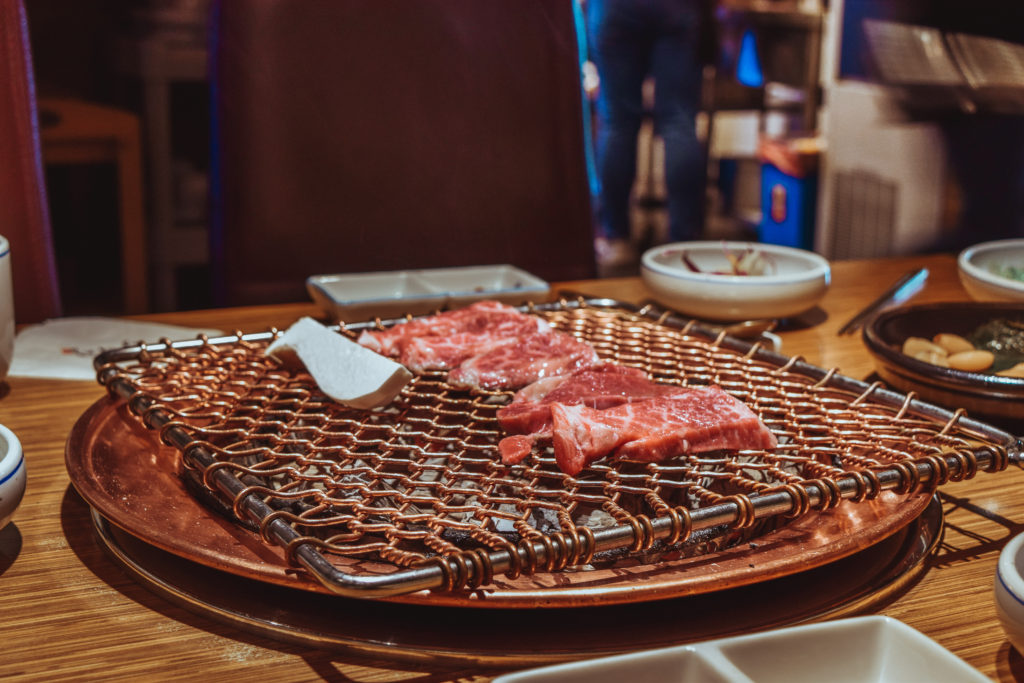
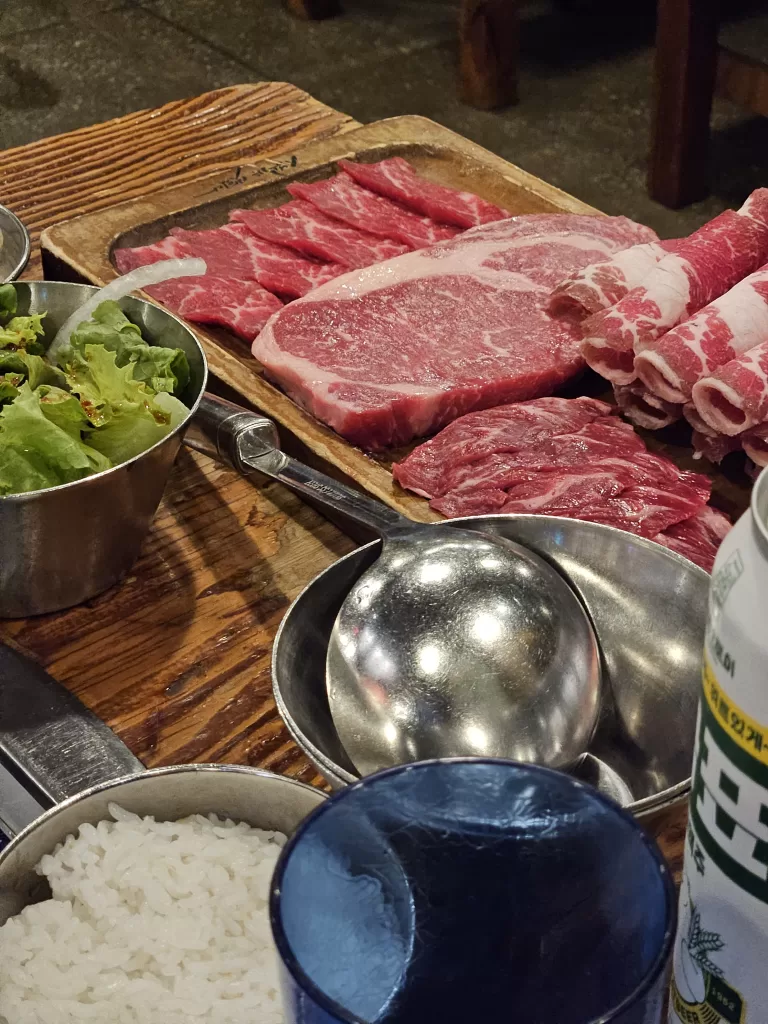
At the heart of Korean barbecue is the selection of premium meats, typically including options like bulgogi (marinated beef), galbi (marinated short ribs), samgyeopsal (pork belly), and dak-galbi (spicy marinated chicken). Take your time perusing the menu and select your preferred cuts for grilling.
2. Prepare the Grill
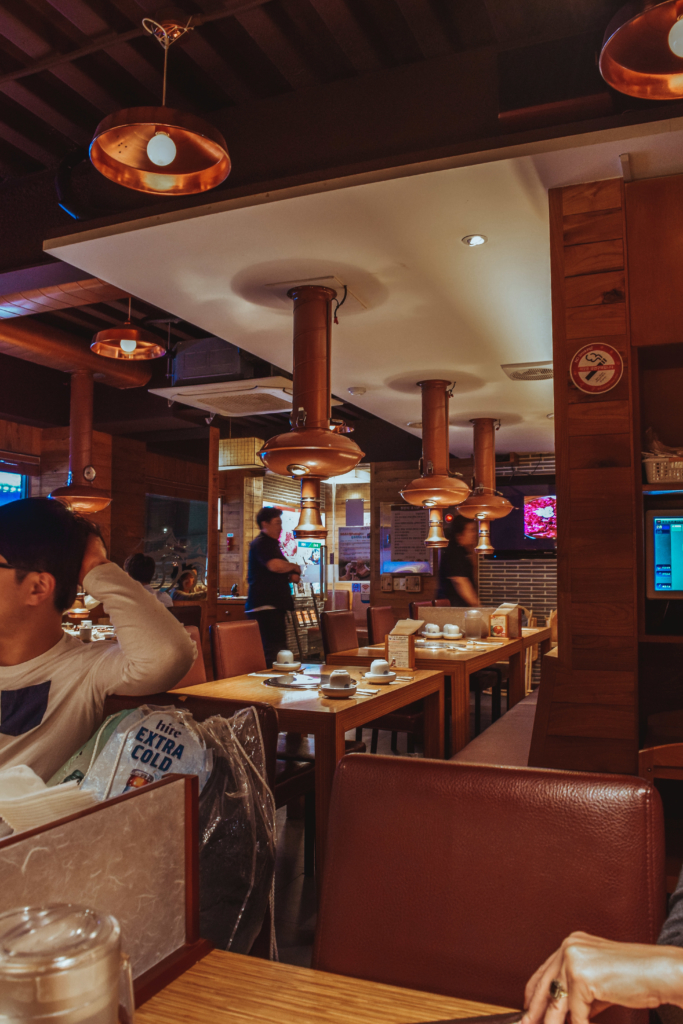
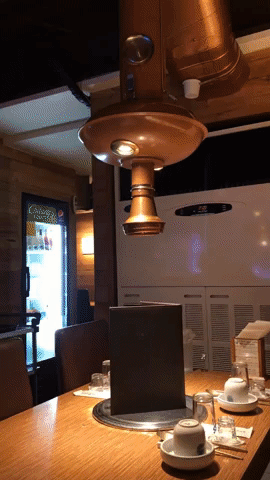
Upon being seated at your table equipped with a built-in grill, the staff will ignite the flames and begin the grilling process. As the grill heats up, anticipate the sizzle of meat meeting heat, a symphony of flavors in the making. There is usually a long tube like structure directly above the grill. This is in order to suck up all the smoke from the meats.
3. Grill to Perfection
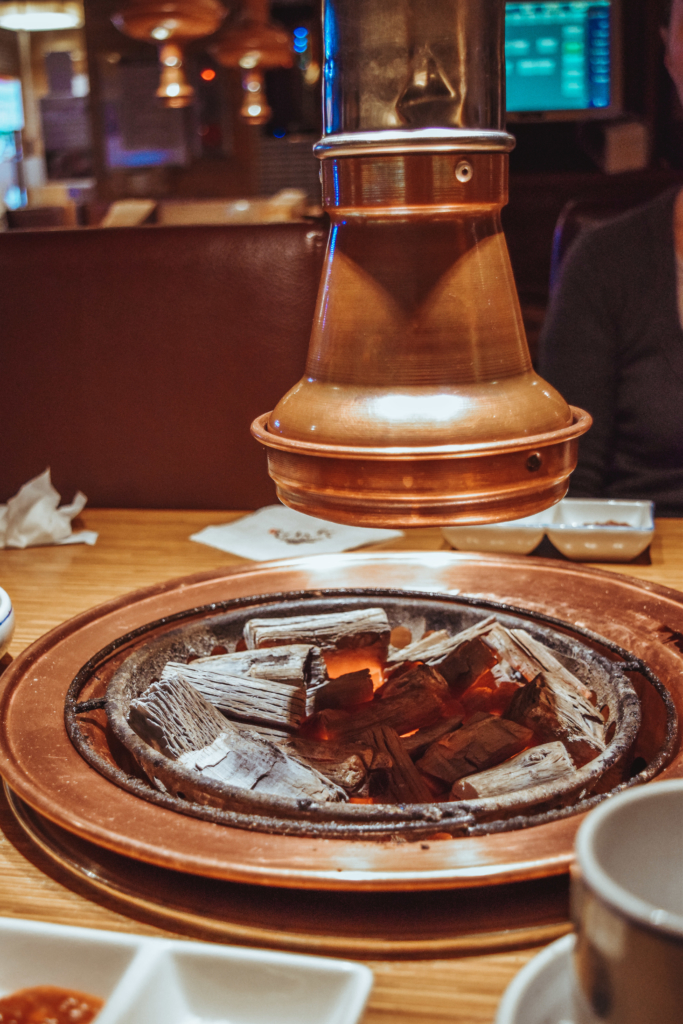
Once the grill is ready, it’s time to take charge of the cooking process. In America, the majority of Korean Barbecue establishments will have the servers grill the meats for you. But in Korea, it’s the other way around. The majority of the time YOU are expected to grill your own meats. Lay the marinated meat onto the grill, allowing each piece to sear to perfection. Keep a watchful eye and flip the meat as needed to ensure even cooking and achieve that coveted charred exterior.
4. Wrap and Roll
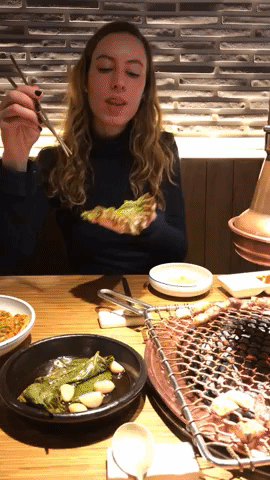
As the meat reaches its peak succulence, it’s time to indulge in the art of ssam – the Korean tradition of wrapping grilled meat in lettuce leaves. Begin by placing a piece of grilled meat onto a lettuce leaf, then add a dollop of ssamjang (a savory, spicy dipping sauce) and any desired accompaniments such as garlic cloves, sliced chili peppers, and pickled vegetables. Fold the lettuce leaf around the filling and enjoy the explosion of flavors with each bite.
The above videos were filmed, on the left in Korea at Wangbijib, and on the right in New York City at Jongro. My mom and I also tried the Queens location for Jongro and both are authentic and great.
4. Order Rice As An Extra
Consider ordering a side of steamed rice to accompany your meal, providing a satisfying base for wrapping and enjoying the grilled meat.
5. Savor the Banchan
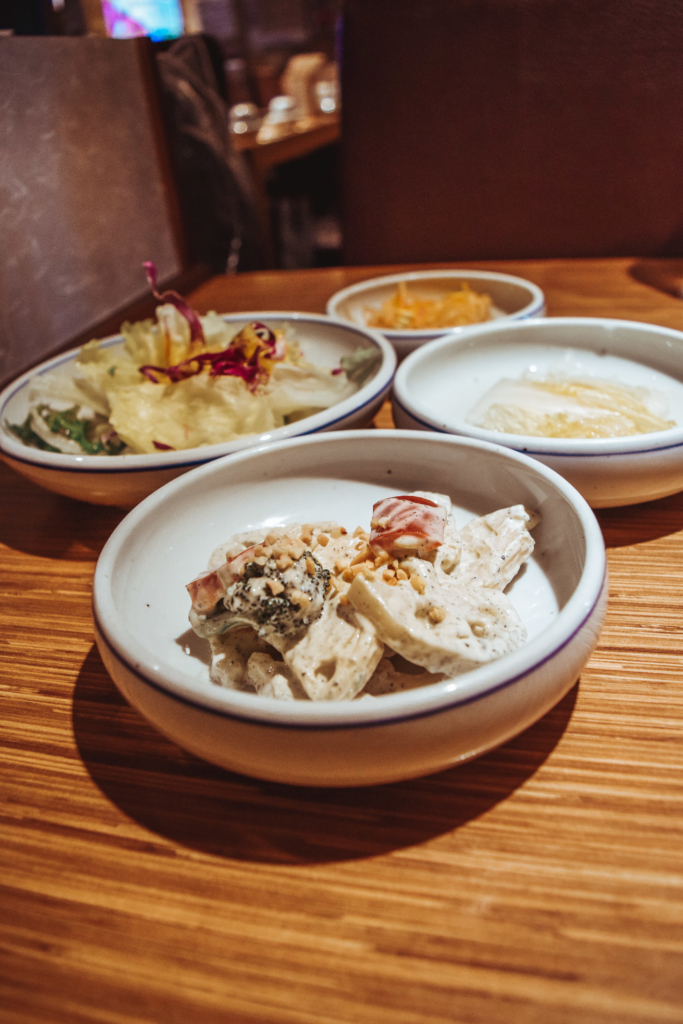

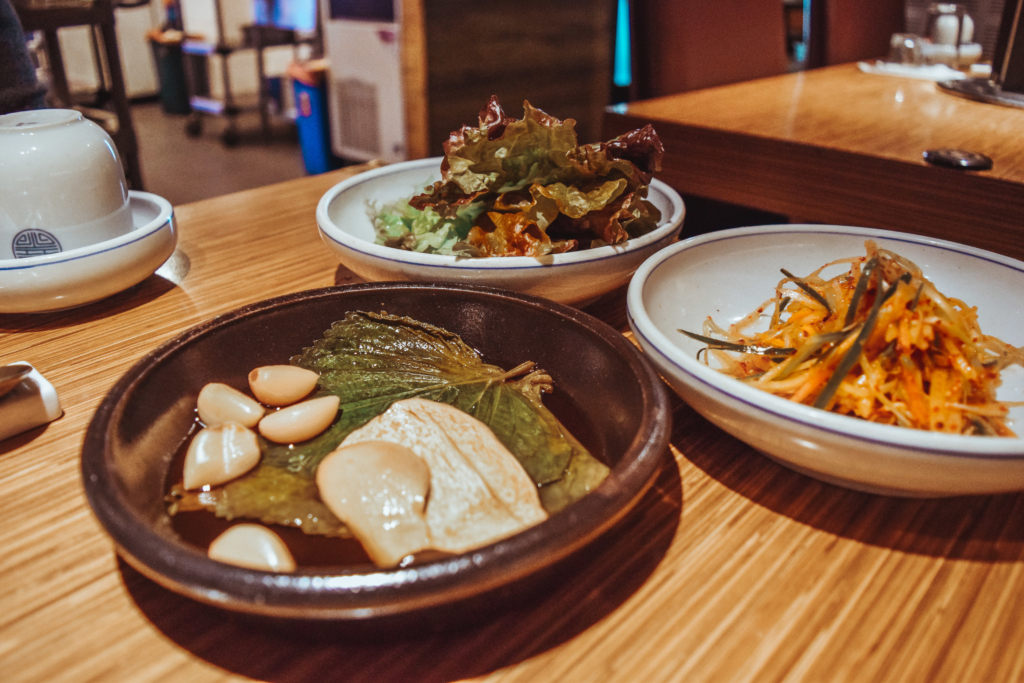
No Korean barbecue experience is complete without the array of banchan – small side dishes that accompany the main meal. From kimchi to pickled radishes, these flavorful accompaniments add depth and variety to your dining experience. Don’t hesitate to sample each banchan and discover your favorite flavor combinations.
6. What Do You Do With The Egg and Soup?
In addition to the grilled meats and banchan, Korean barbecue often includes a complimentary egg dish and a variety of soups to round out the meal. The egg is typically cracked in a pot and cooked alongside the meat. The texture ends up being similar to a soft, watery, scrambled egg. It adds a rich and creamy texture to the dining experience. As for the soups, they range from hearty stews to light broths, each offering a comforting complement to the bold flavors of the barbecue.
7. Pace Yourself
Korean barbecue is a communal dining experience meant to be savored and enjoyed at a leisurely pace. Take your time, engage in lively conversation with your dining companions, and relish in the flavors unfolding before you. Above all, embrace the immersive experience of Korean barbecue – from the sizzle of meat on the grill to the laughter shared among friends. Allow yourself to be transported to the bustling streets of Seoul, where every bite tells a story of tradition, culture, and culinary excellence.
Armed with the knowledge acquired from my culinary odyssey in Seoul, you are now equipped to embark on your own journey into the world of Korean barbecue. Whether you’re grilling up a storm at home (here’s a great article that teaches you how to do Korean barbecue at home) or dining at a premium establishment like Wangbijib in Jongno, Seoul, hopefully this how to eat Korean barbecue guide will allow you to savor each moment and indulge in the rich tapestry of flavors that Korean barbecue has to offer.
>> Next: Explore the Vibrant District of Jongno-gu: From Insadong to Myeongdong
